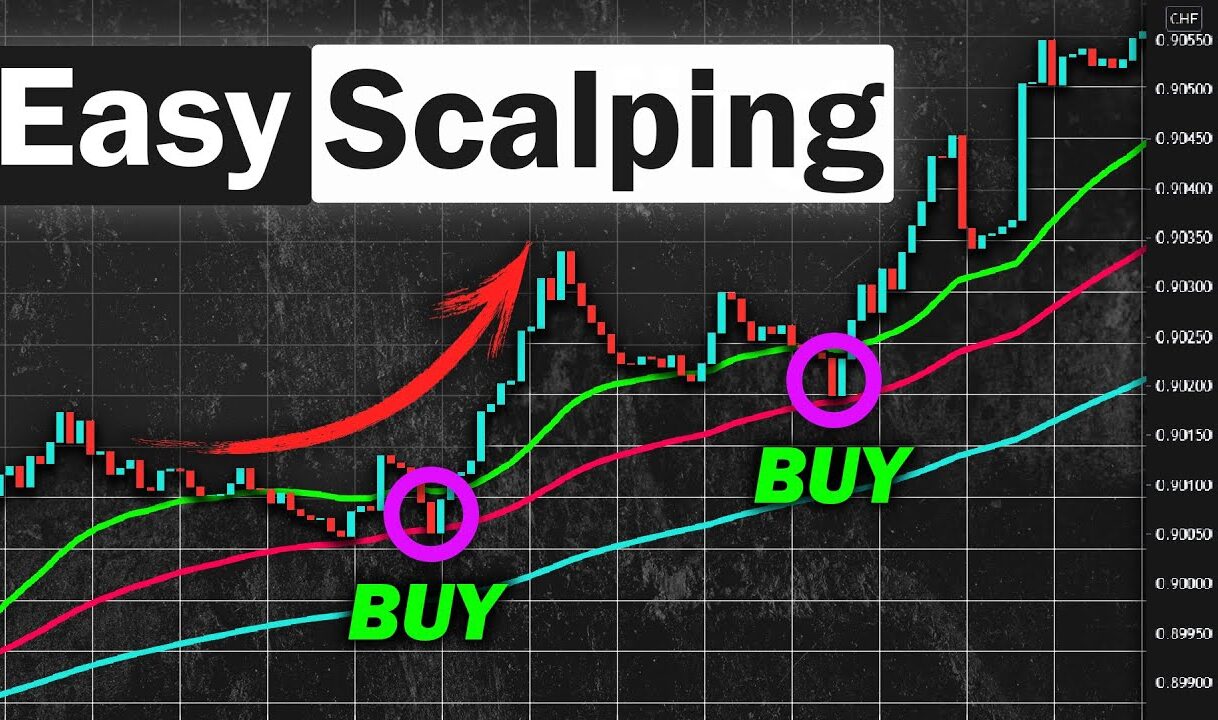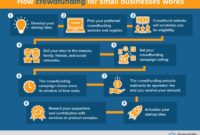Best Scalping Strategies – is a popular strategy that involves making numerous trades over short periods to capture small price movements. This article will explore the best scalping strategies in forex, detailing techniques, tools, and tips to enhance your trading success. Whether you’re a beginner or an experienced trader, this guide will provide valuable insights.
Understanding Scalping in Forex
What is Scalping?
Scalping is a high-frequency trading strategy aimed at profiting from small price changes. Scalpers often hold positions for a few seconds to several minutes, relying on quick trades to accumulate gains. This approach requires a keen understanding of market dynamics and rapid decision-making skills.
Why Choose Scalping?
- Quick Returns: Scalping allows traders to make multiple trades within a single day, potentially leading to rapid profits.
- Low Exposure: Since positions are held for a short time, traders face less exposure to market fluctuations.
- Flexibility: Scalping can be done in various market conditions, making it adaptable to different trading environments.
Key Scalping Strategies
Moving Average Crossovers
Moving averages are vital tools in forex trading. The crossover strategy involves using two moving averages (e.g., a short-term MA and a long-term MA) to identify potential trade opportunities.
How to Implement:
- Use a short-term moving average (like the 5-period MA) and a long-term moving average (like the 20-period MA).
- When the short-term MA crosses above the long-term MA, consider entering a buy position.
- Conversely, when the short-term MA crosses below the long-term MA, consider entering a sell position.
Pros and Cons:
- Pros: Simple to implement and effective in trending markets.
- Cons: Can produce false signals in choppy or sideways markets.
Support and Resistance Levels
Identifying key support and resistance levels can provide excellent scalping opportunities. These levels often act as price barriers where the market reacts.
How to Implement:
- Use historical price data to identify significant support and resistance zones.
- Buy near support levels and sell near resistance levels, aiming to capture small price movements.
Pros and Cons:
- Pros: Effective in volatile markets; helps traders anticipate price reversals.
- Cons: Requires constant monitoring of price action; may miss opportunities if levels are broken.
Bollinger Bands
Bollinger Bands consist of a middle band (simple moving average) and two outer bands (standard deviations). This tool helps identify volatility and potential reversal points.
How to Implement:
- When the price touches the lower Bollinger Band, consider entering a buy position.
- Conversely, when the price touches the upper band, consider entering a sell position.
- This strategy works best in sideways markets.
Pros and Cons:
- Pros: Great for identifying overbought and oversold conditions.
- Cons: May lead to losses in strongly trending markets.
Stochastic Oscillator
The Stochastic Oscillator is a momentum indicator that compares a security’s closing price to its price range over a specific period. It helps identify overbought or oversold conditions.
How to Implement:
- Use a reading above 80 to indicate overbought conditions (consider selling).
- Use a reading below 20 to indicate oversold conditions (consider buying).
- Look for divergence between the price and the indicator to enhance trade signals.
Pros and Cons:
- Pros: Effective in volatile markets; provides clear buy/sell signals.
- Cons: Can produce false signals in strong trends.
News Trading
News trading involves capitalizing on volatility caused by economic announcements. Scalpers can benefit from quick price movements following major news releases.
How to Implement:
- Identify key economic indicators (e.g., NFP, CPI, interest rate decisions).
- Enter trades seconds before or immediately after the news release, aiming to capture quick price movements.
- Set tight stop-loss orders to mitigate risks.
Pros and Cons:
- Pros: High volatility can lead to substantial profits in a short time.
- Cons: Increased risk; requires a deep understanding of how news affects the market.
Essential Tools for Scalping
Trading Platforms
Choose a trading platform that offers low latency, advanced charting tools, and a user-friendly interface. Popular platforms include MetaTrader 4 (MT4), MetaTrader 5 (MT5), and cTrader.
Charting Software
Effective scalping requires advanced charting tools. Look for software that offers real-time data, customizable indicators, and fast execution speeds.
Economic Calendar
Stay updated with an economic calendar to track upcoming news releases and economic data that may impact your trades. Websites like Investing.com provide comprehensive calendars.
Tips for Successful Scalping
Focus on Major Currency Pairs
Trading major currency pairs like EUR/USD, USD/JPY, and GBP/USD typically offers better liquidity and lower spreads, enhancing your scalping opportunities.
Keep Your Strategy Simple
Overcomplicating your strategy can lead to confusion and poor decision-making. Stick to a few reliable techniques and perfect them.
Monitor Your Risk-to-Reward Ratio
Aim for a favorable risk-to-reward ratio, ideally at least 1:2. This means for every dollar risked, aim to make two dollars. This approach helps offset potential losses.
Use a Fast Internet Connection
A reliable and fast internet connection is crucial for scalping, as delays can result in missed opportunities or increased losses.
Stay Disciplined
Maintain discipline and stick to your trading plan. Emotional trading can lead to significant losses, so it’s essential to remain focused and calm.
Conclusion
Scalping can be a lucrative trading strategy for forex traders willing to put in the time and effort to master it. By employing the best scalping strategies, utilizing essential tools, and adhering to disciplined trading practices, you can enhance your chances of success in the forex market.
Remember, practice makes perfect. Consider using a demo account to test your strategies before committing real capital. Happy trading!




